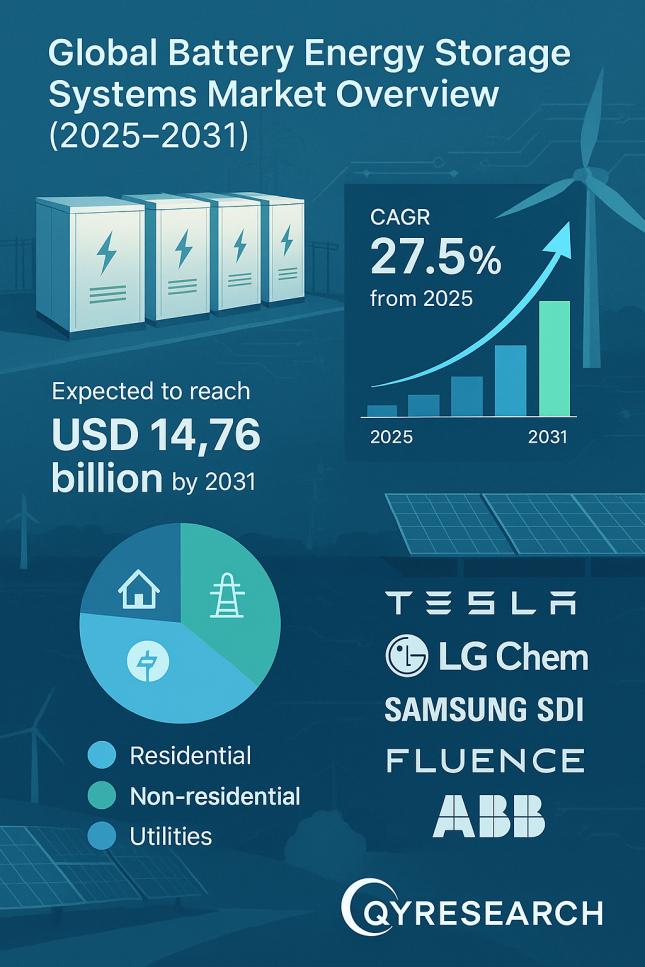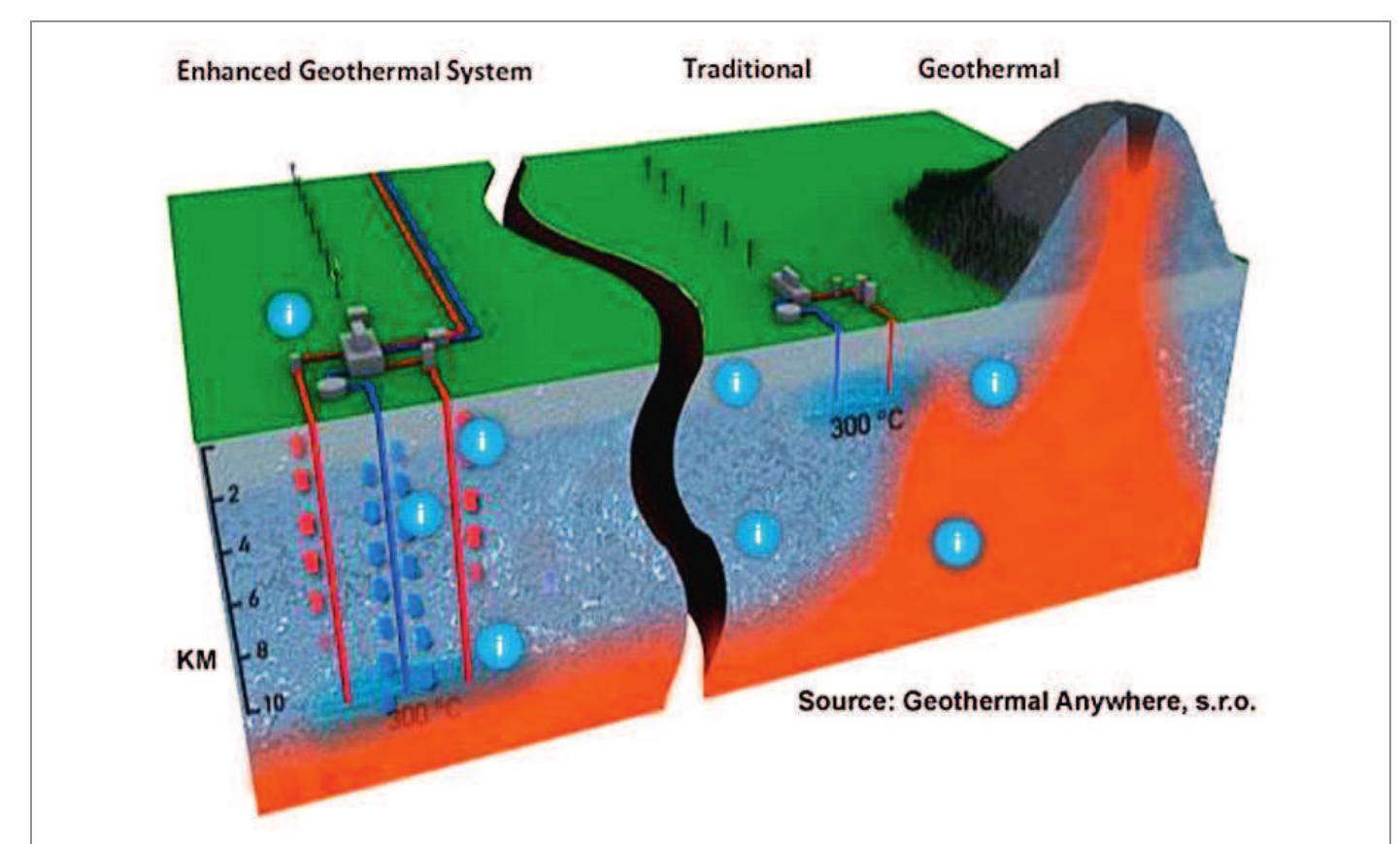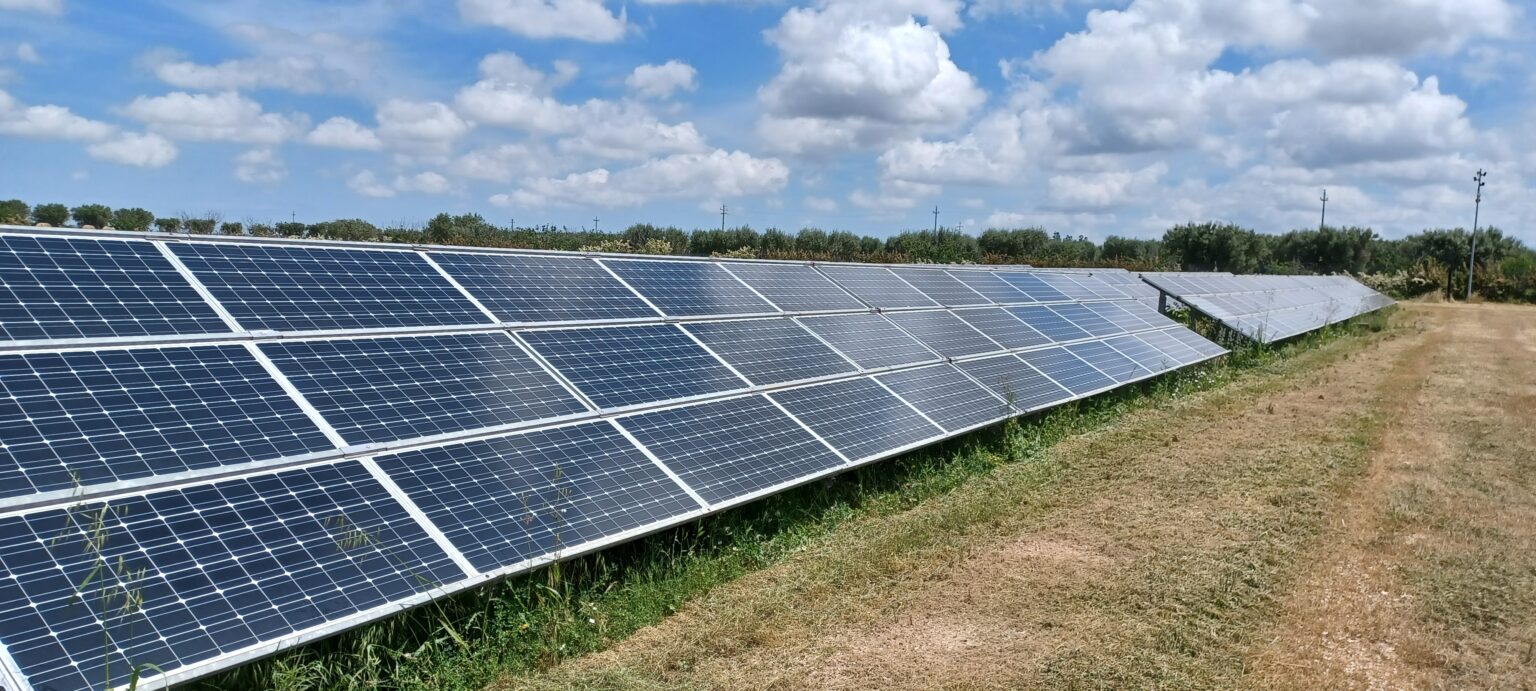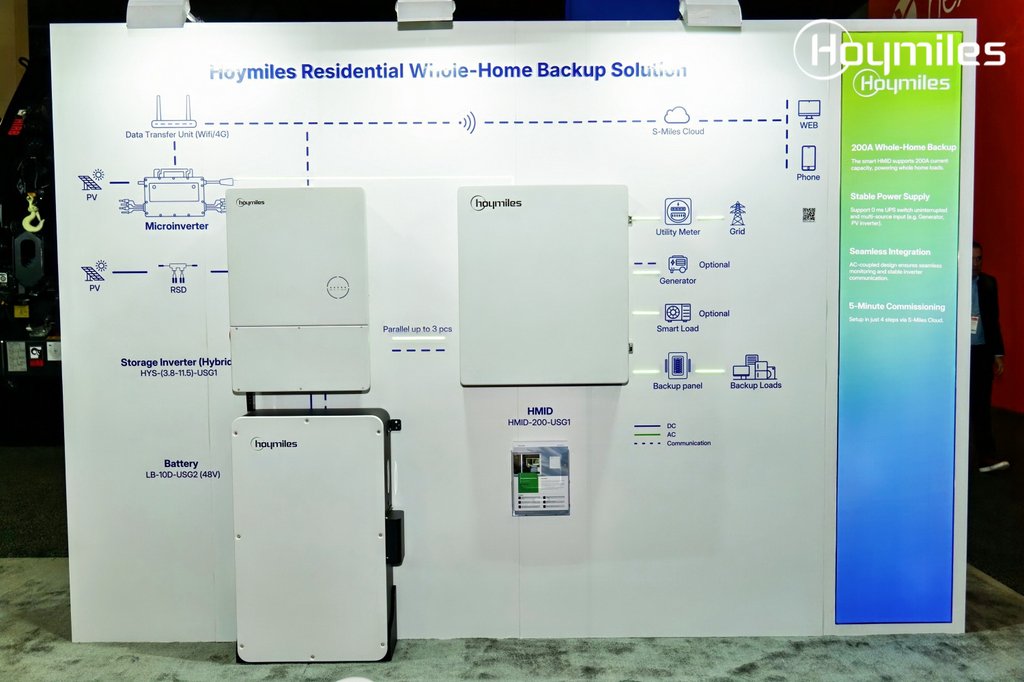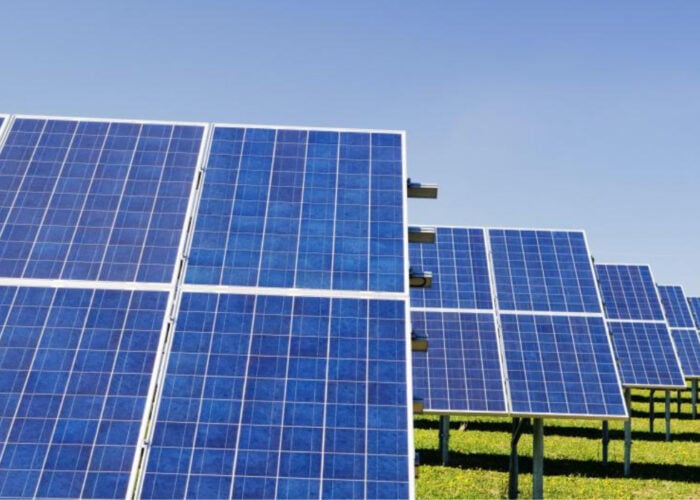Report on China’s Progress in Energy Efficiency and Climate Action (2021-2024)
Executive Summary
This report details China’s significant achievements in reducing energy intensity during the initial four years of its 14th Five-Year Plan (2021-2025). These efforts represent a substantial contribution to global Sustainable Development Goals (SDGs), particularly those concerning clean energy, climate action, and sustainable economic growth.
Key Achievements and Data
- Energy Intensity Reduction: Energy consumption per unit of Gross Domestic Product (GDP) decreased by 11.6 percent between 2021 and 2024.
- Carbon Emission Reduction: This improvement in energy efficiency corresponds to a reduction of 1.1 billion tons of carbon dioxide emissions.
- Global Context: The reported emissions reduction is equivalent to approximately 50 percent of the European Union’s total carbon emissions for the year 2024.
Alignment with Sustainable Development Goals (SDGs)
China’s progress directly supports the achievement of several key United Nations SDGs:
- SDG 7: Affordable and Clean Energy
- The reduction in energy intensity demonstrates a significant improvement in national energy efficiency, a primary target under SDG 7. This signifies progress in decoupling economic activity from energy consumption, promoting a more sustainable energy system.
- SDG 13: Climate Action
- The substantial cut of 1.1 billion tons of CO2 emissions is a direct and impactful measure in combating climate change and its impacts, aligning with the core objectives of SDG 13.
- SDG 8: Decent Work and Economic Growth
- By lowering the energy consumption required for each unit of GDP, China is advancing towards more sustainable economic growth models that are less resource-intensive, a key aspect of SDG 8.
- SDG 12: Responsible Consumption and Production
- The national effort to improve energy efficiency reflects a commitment to more sustainable patterns of production, fundamentally supporting the principles of SDG 12.
Official Statement
According to Zheng Shanjie, head of the National Development and Reform Commission, these actions underscore China’s commitment as a major global power to addressing climate and energy challenges, thereby fulfilling its international responsibilities.
Analysis of SDGs in the Article
1. Relevant Sustainable Development Goals (SDGs)
-
SDG 7: Affordable and Clean Energy
- The article’s central theme is the reduction of “energy consumption per unit of GDP,” which directly relates to improving energy efficiency, a key component of SDG 7.
-
SDG 13: Climate Action
- The article explicitly quantifies the impact of energy efficiency improvements in terms of climate action, stating the reduction is “equivalent to cutting 1.1 billion tons of carbon dioxide emissions.” This directly addresses the core objective of SDG 13.
-
SDG 12: Responsible Consumption and Production
- The metric “energy consumption per unit of GDP” links economic production with the consumption of energy resources. Improving this metric, as highlighted in the article, is a direct example of promoting resource efficiency and decoupling economic growth from resource use, which is fundamental to SDG 12.
2. Specific SDG Targets
-
Target 7.3: By 2030, double the global rate of improvement in energy efficiency.
- The article’s report of an 11.6 percent decrease in energy consumption per unit of GDP over four years is a direct measure of progress towards improving energy efficiency, which is the essence of this target.
-
Target 13.2: Integrate climate change measures into national policies, strategies and planning.
- The article mentions that these achievements occurred during the “14th Five-Year Plan period (2021-2025),” a national strategic plan. This demonstrates the integration of climate change mitigation measures (energy efficiency and emissions reduction) into China’s national policy framework.
-
Target 12.2: By 2030, achieve the sustainable management and efficient use of natural resources.
- Energy is a critical natural resource. The reported decrease in energy consumption relative to GDP shows a more efficient use of this resource, directly aligning with the goal of sustainable management and efficient utilization.
3. Mentioned or Implied Indicators
-
Indicator 7.3.1: Energy intensity measured in terms of primary energy and GDP.
- The article directly provides data for this indicator by stating that “energy consumption per unit of GDP decreased by 11.6 percent.” This is a precise measurement of energy intensity.
-
Implied Indicator for Greenhouse Gas Emissions (related to Indicator 13.2.2: Total greenhouse gas emissions per year).
- While not an annual figure, the article provides a cumulative reduction figure: “cutting 1.1 billion tons of carbon dioxide emissions.” This is a direct measure of the outcome of climate action policies and can be used to track progress towards national emissions reduction goals.
Summary Table
4. SDGs, Targets, and Indicators Identified
| SDGs | Targets | Indicators |
|---|---|---|
| SDG 7: Affordable and Clean Energy | 7.3: By 2030, double the global rate of improvement in energy efficiency. | Indicator 7.3.1 (Energy Intensity): The article states that “energy consumption per unit of GDP decreased by 11.6 percent.” |
| SDG 13: Climate Action | 13.2: Integrate climate change measures into national policies, strategies and planning. | Implied Indicator (Greenhouse Gas Emissions Reduction): The article mentions “cutting 1.1 billion tons of carbon dioxide emissions” as a result of national planning (14th Five-Year Plan). |
| SDG 12: Responsible Consumption and Production | 12.2: By 2030, achieve the sustainable management and efficient use of natural resources. | Indicator 12.2.2 (Domestic Material Consumption per GDP): The metric “energy consumption per unit of GDP” directly measures the efficiency of energy resource use in relation to economic output. |
Source: chinadaily.com.cn


